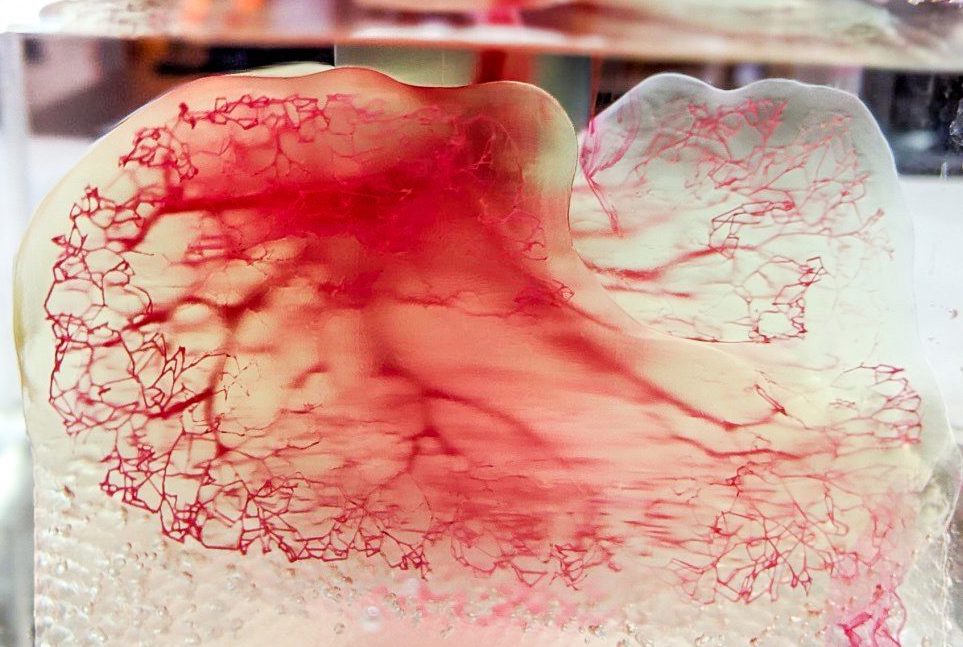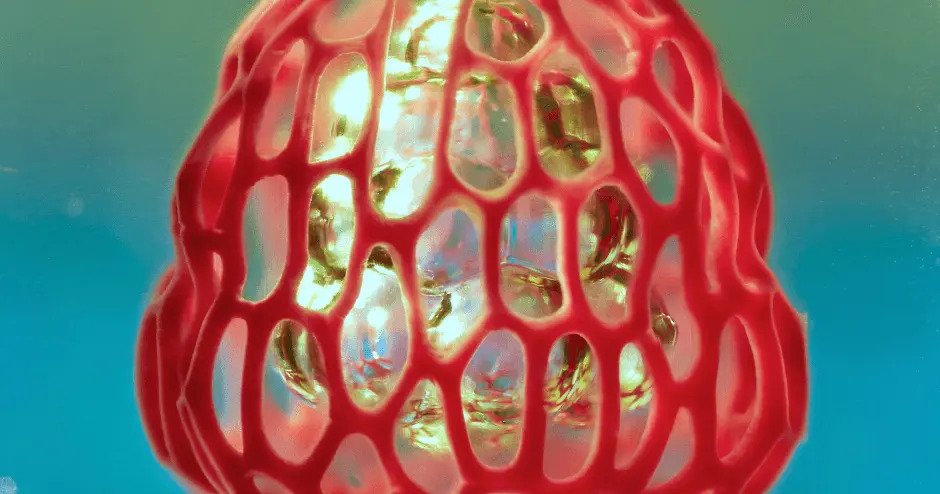Biotechnology firm United Therapeutics has showcased what it claims to be the “world’s most complex 3D printed object” in partnership with 3D printer manufacturer 3D Systems at the recent LIFE ITSELF conference in San Diego.
The partners have produced a 3D printed human lung scaffold capable of demonstrating gas exchange in animal models, and are now planning to cellularize the scaffold with a patient’s own stem cells to create tolerable, transplantable human lungs.
“Last week, it was exciting to show the public our 3D printed human lung scaffold, but we’re thrilled to share that our 3D printed lung scaffolds are now demonstrating gas exchange in animal models,” said Dr. Martine Rothblatt, United Therapeutics’ Chairperson and CEO. “We are regularly printing lung scaffolds as accurately as driving across the United States and not deviating from a course by more than the width of a human hair.
“With the continued hard work of dedicated scientists and engineers at United Therapeutics and 3D Systems, we hope to have these personalized, manufactured lungs cleared for human trials in under five years.”

3D printing lung scaffolds
3D Systems and United Therapeutics have been working together for several years on the development of their Print to Perfusion process, which is designed to enable the 3D printing of high-resolution scaffolds that can be perfused with living cells to create tissues.
Together, the companies have achieved several notable advances in 3D printed lung modeling, manufacturing and material formulation, combining 3D Systems’ additive manufacturing hardware, software, and materials, and United Therapeutic’s expertise in regenerative medicine. The Print to Perfusion process enables the printing of large, vascularized and highly detailed hydrogel scaffolds with the potential to open up a range of new tissue applications.
After seeing “tremendous progress” with the platform last year, 3D Systems announced plans to ramp up its regenerative medicine activities with further investment, development, and commercialization of its offerings for the sector.
Since then, the firm has aquired 3D bioprinter developer Allevi to expand on its ability to create in-vivo cellular structures, and bought 3D bioprinting technology developer Volumetric Biotechnologies for $400 million to broaden the applications of its Print to Perfusion technology.

Human clinical trials within five years
United Therapeutics and 3D Systems have now revealed the latest development regarding their bioprinting platform, having successfully 3D printed a human lung scaffold capable of demonstrating gas exchange in animal models.
The 3D printable lung scaffold design consists of what the company claims is a record 44 trillion voxels that lay out 4,000 km of pulmonary capillaries and 200 million alveoli. The companies showcased the capabilities of their 3D printed lung scaffold at last week’s LIFE ITSELF conference in San Diego, where Rothblatt and 3D Systems Executive Vice President and CTO Chuck Hull giving a presentation to attendees titled ‘What’s the future of organ transplantation?’
“The reveal at LIFE ITSELF represents the culmination of our efforts with United Therapeutics that includes not only 3D printed lungs, but two additional organs under development, kidneys and livers,” said Hull.
“These lung designs can be printed in as little as three weeks using our latest advanced photopolymer-based bioprinting technology we call Print to Perfusion.”
Going forwards, United Therapeutics and 3D Systems are planning to cellularlize their 3D printed scaffolds with a patient’s own stem cells to fabricate transplantable full human lungs which will not require immunosuppression to prevent rejection. With more than 2,500 patients receiving a lung transplant in the US during 2021, and a further 1,075 currently on the lung transplant list, the companies are hoping to eventually provide an alternative transplant option to help reduce the number of Americans dying from lung disease each year.
“Our goal is to create an unlimited supply of transplantable lungs in the future,” said Rothblatt. “Even today, we are using a process called ex-vivo lung perfusion to add the supply of transplantable lungs by extending by several hours the period of assessment and viability for human donor lungs, resulting in over 230 lives extended to date.”
To this end, the company is hopeful to enter into human clinical trials for its personalized 3D printed lung scaffolds in under five years, potentially bringing the goal of fully transplantable 3D printed organs one step closer.
Subscribe to the 3D Printing Industry newsletter for the latest news in additive manufacturing. You can also stay connected by following us on Twitter and liking us on Facebook.
Looking for a career in additive manufacturing? Visit 3D Printing Jobs for a selection of roles in the industry.
Subscribe to our YouTube channel for the latest 3D printing video shorts, reviews, and webinar replays.
Featured image shows human vasculature model created using 3D Systems’ Print to Perfusion process. Image via United Therapeutics.



